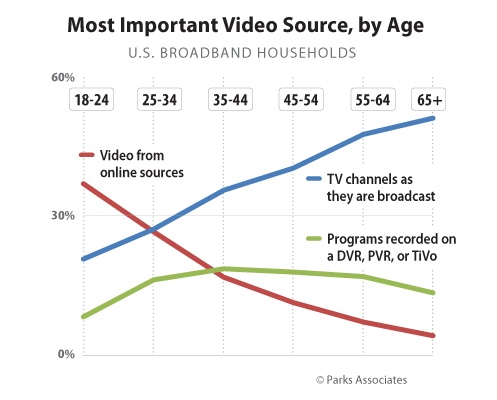Apple has been granted a patent (number US 20230101619 A1) for “electrical bicycle (e-bike) detector for energy expenditure estimation. The goal is for the Apple Watch to have better interaction with e-bikes.
About the patent
An e-bike is a bicycle with an integrated electric motor used to assist the rider’s pedal-power. Apple says that, because of this propulsion assistance, the wearable device overestimates WR METs, resulting in an inaccurate calculation of the user’s energy expenditure.
What’s more, modern wearable devices such as the Apple Watch are often used by individuals during fitness activities to determine their energy expenditure during the fitness activity. Some wearable devices include inertial sensors (e.g., accelerometers, angular rate sensors) that are used to estimate a work rate (WR) based metabolic equivalent of task (MET) for the user wearing the device.
Some wearable devices also include a heart rate (HR) sensor that provides HR data that can be used with user estimated VO.sub.2 MAX (maximal oxygen consumption) and other data (e.g., users weight, age) to estimate the user’s HR based MET.
Apple wants the Apple Watch to be able to combine the WR MET and HR MET to combine “in a suitable manner” to determine the energy expenditure of a e-bike user.
Summary of the patent
Here’s Apple’s abstract of the patent: “Embodiments are disclosed for an electrical bicycle detector for energy expenditure estimation. In an embodiment, a method comprises: determining heart rate energy expenditure of a user wearing or holding the device; determining work rate energy expenditure of a user wearing or holding the device; determining a probability that the user is riding an electrical bike based on the heart rate energy expenditure and the work rate energy expenditure; determining whether or not the probability meets a condition corresponding to a threshold probability; and in accordance with the probability meeting the condition corresponding to the threshold probability: adjusting the work rate energy expenditure; and generating fitness data based at least on the adjusted work rate energy expenditure.”
Article provided with permission from AppleWorld.Today



